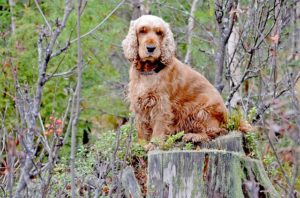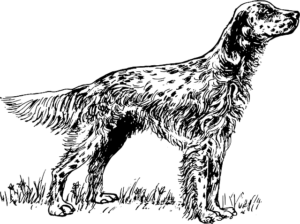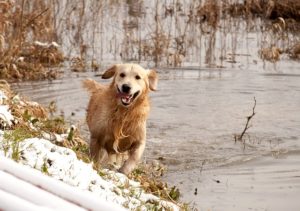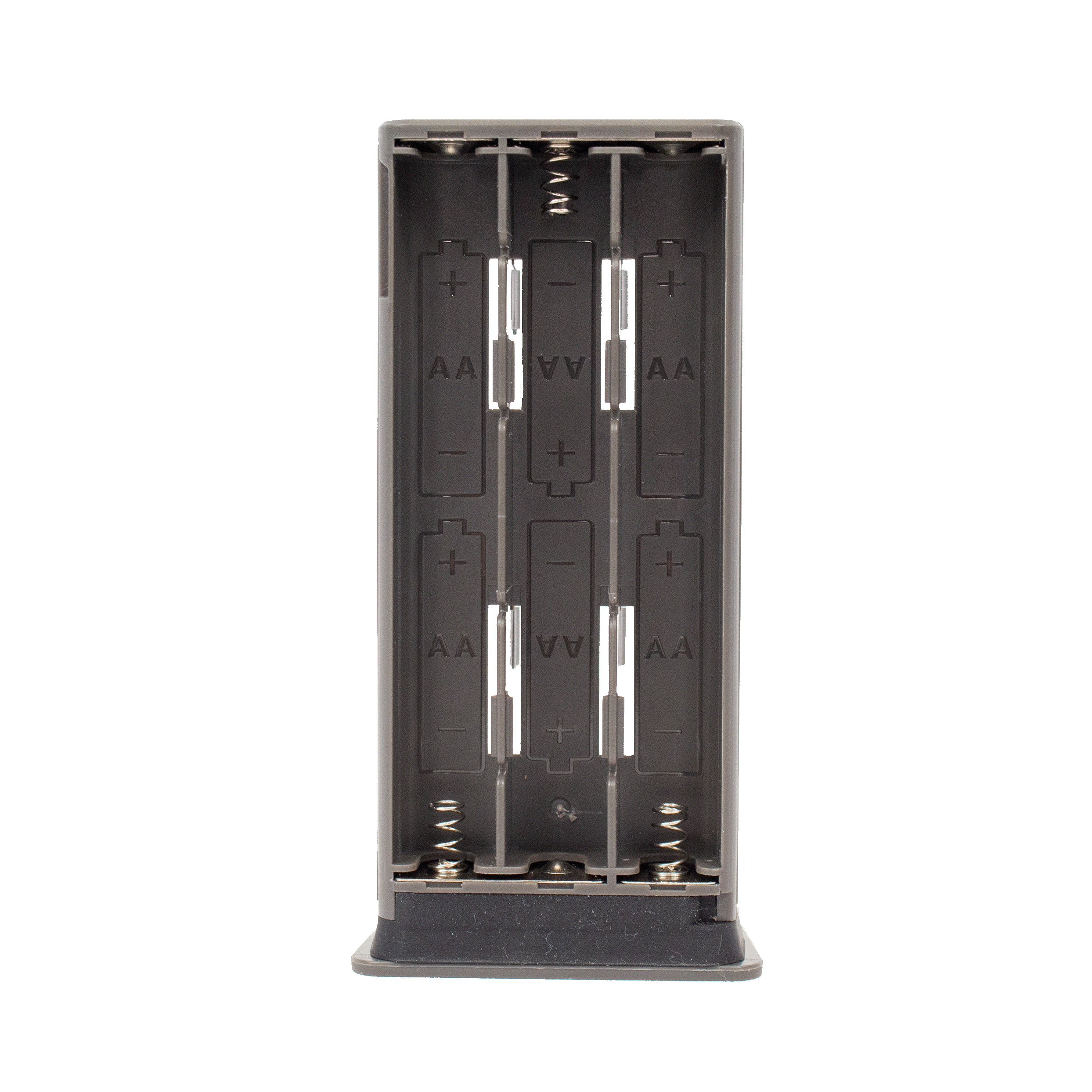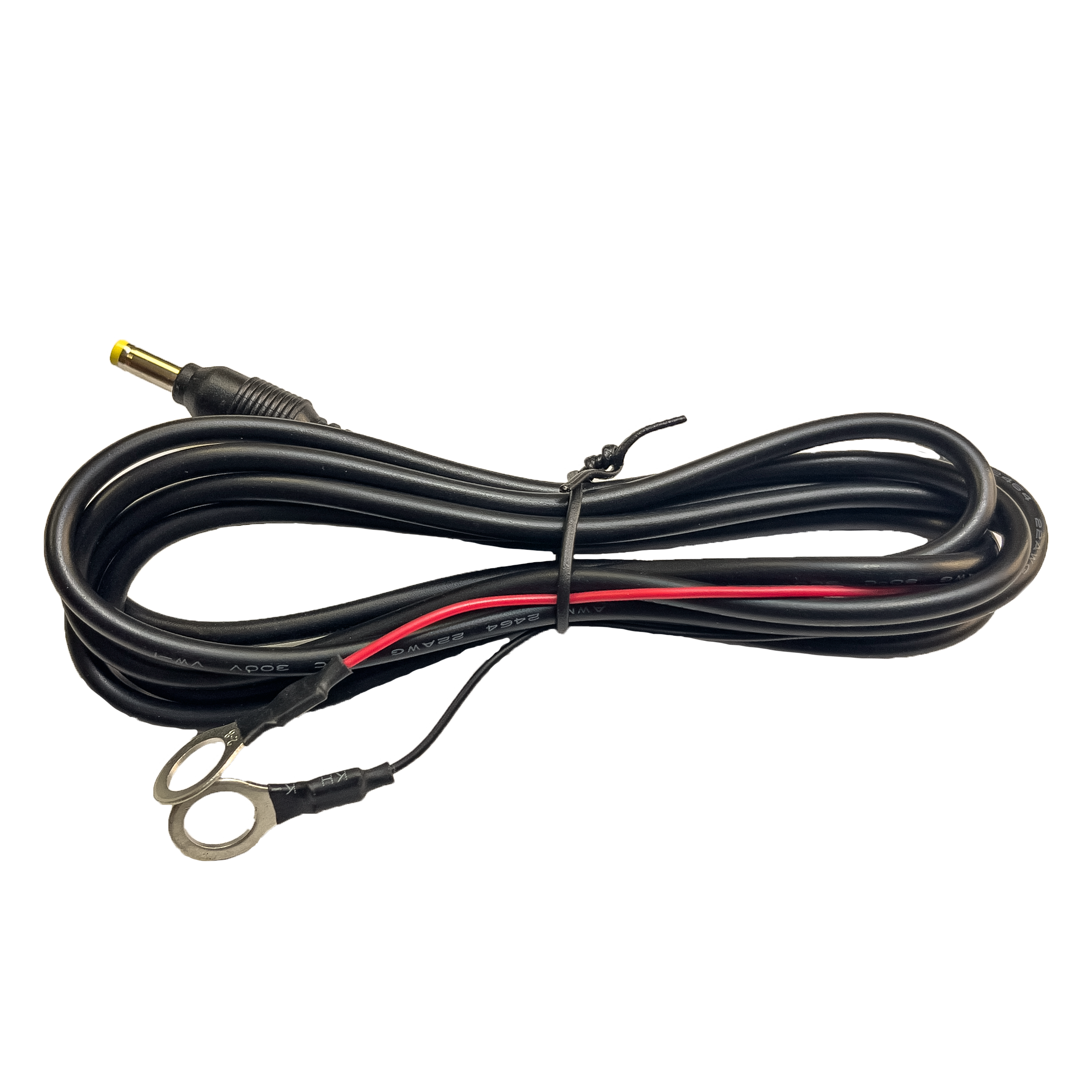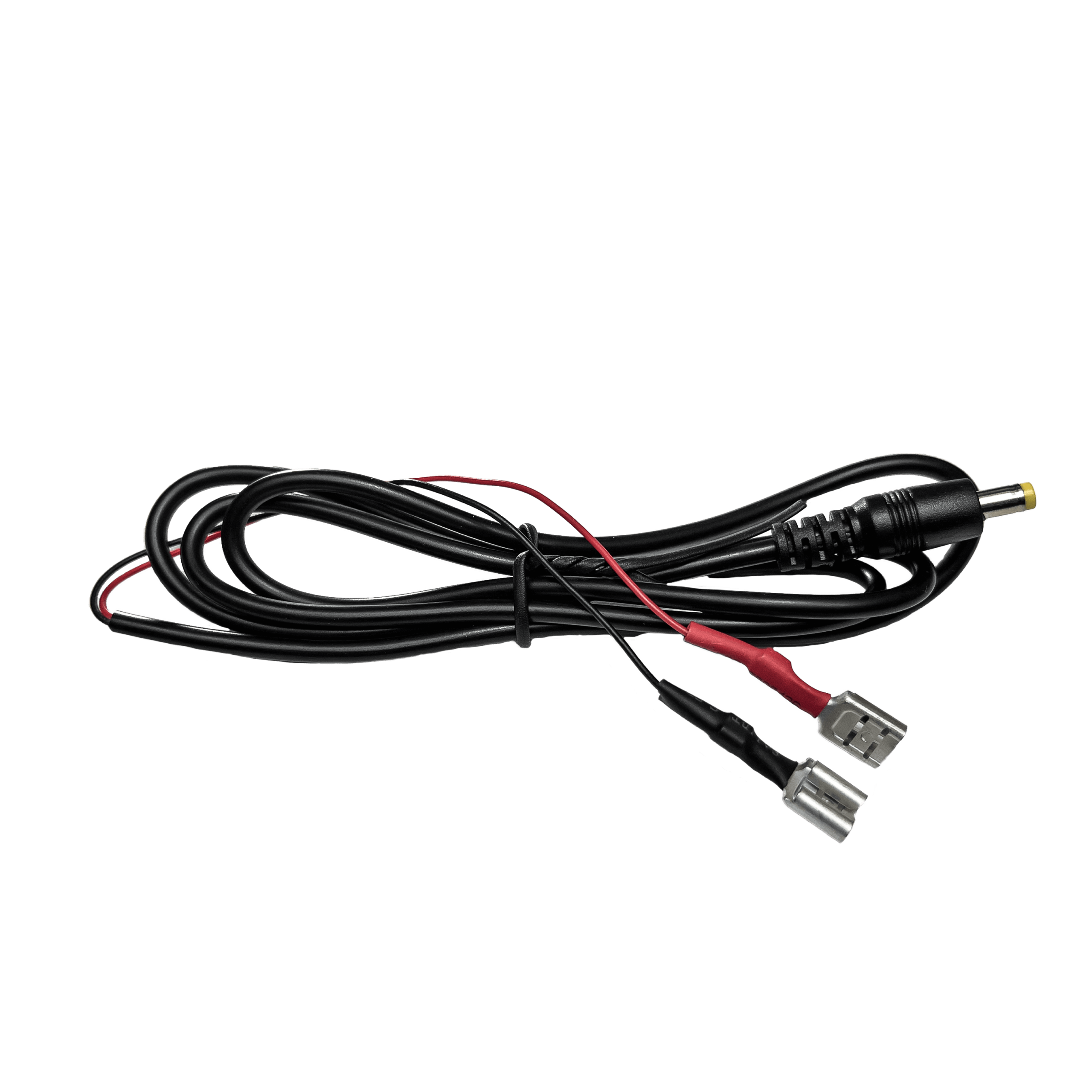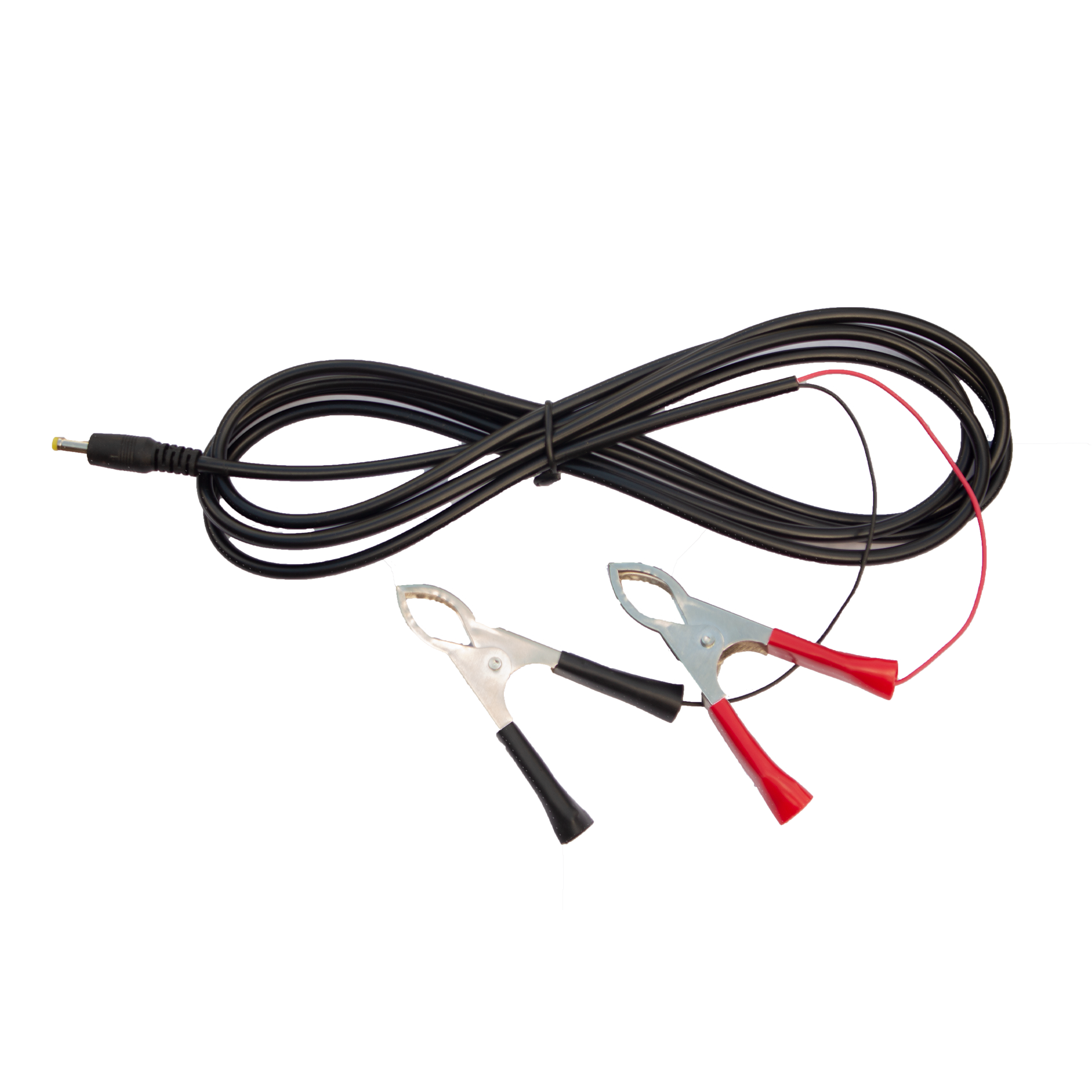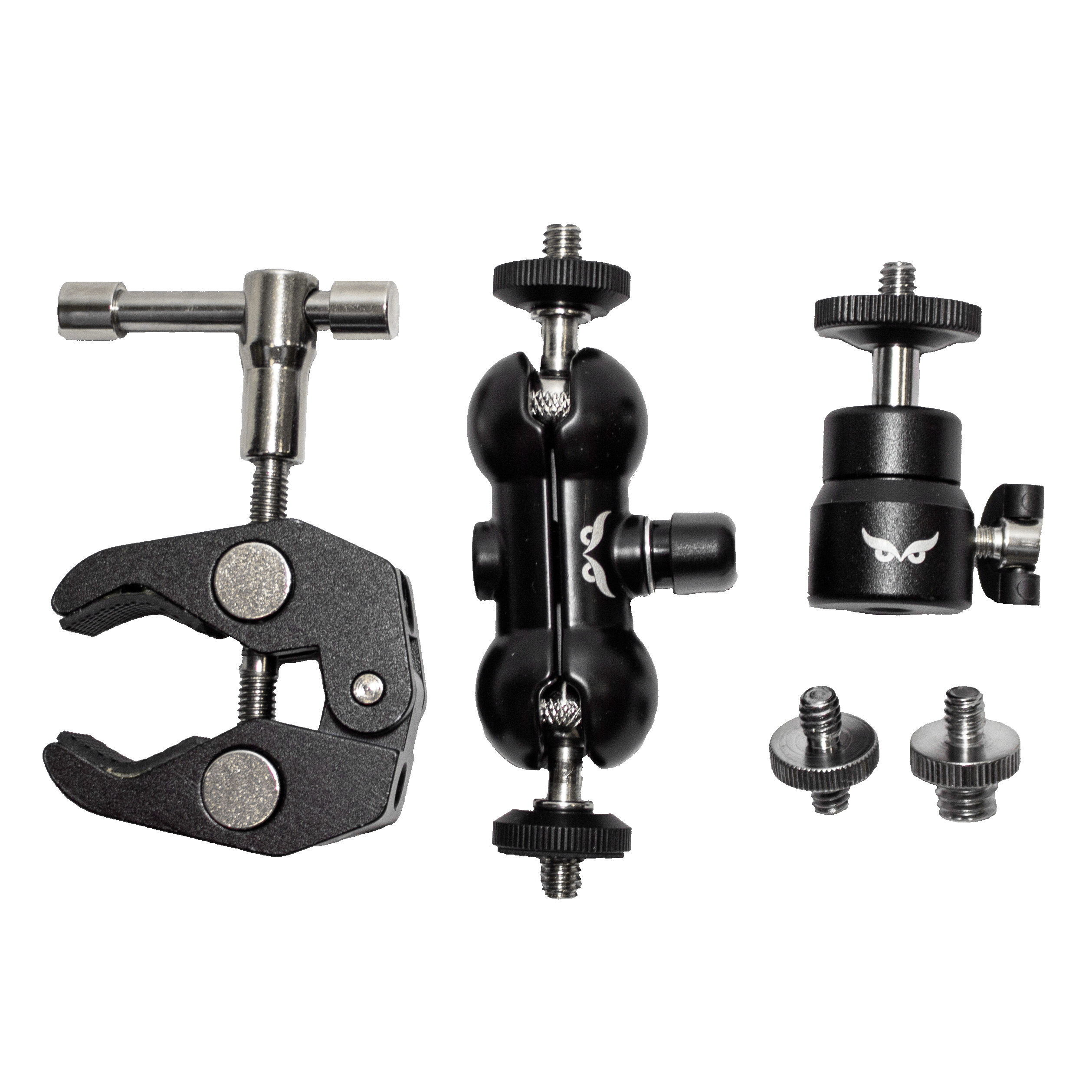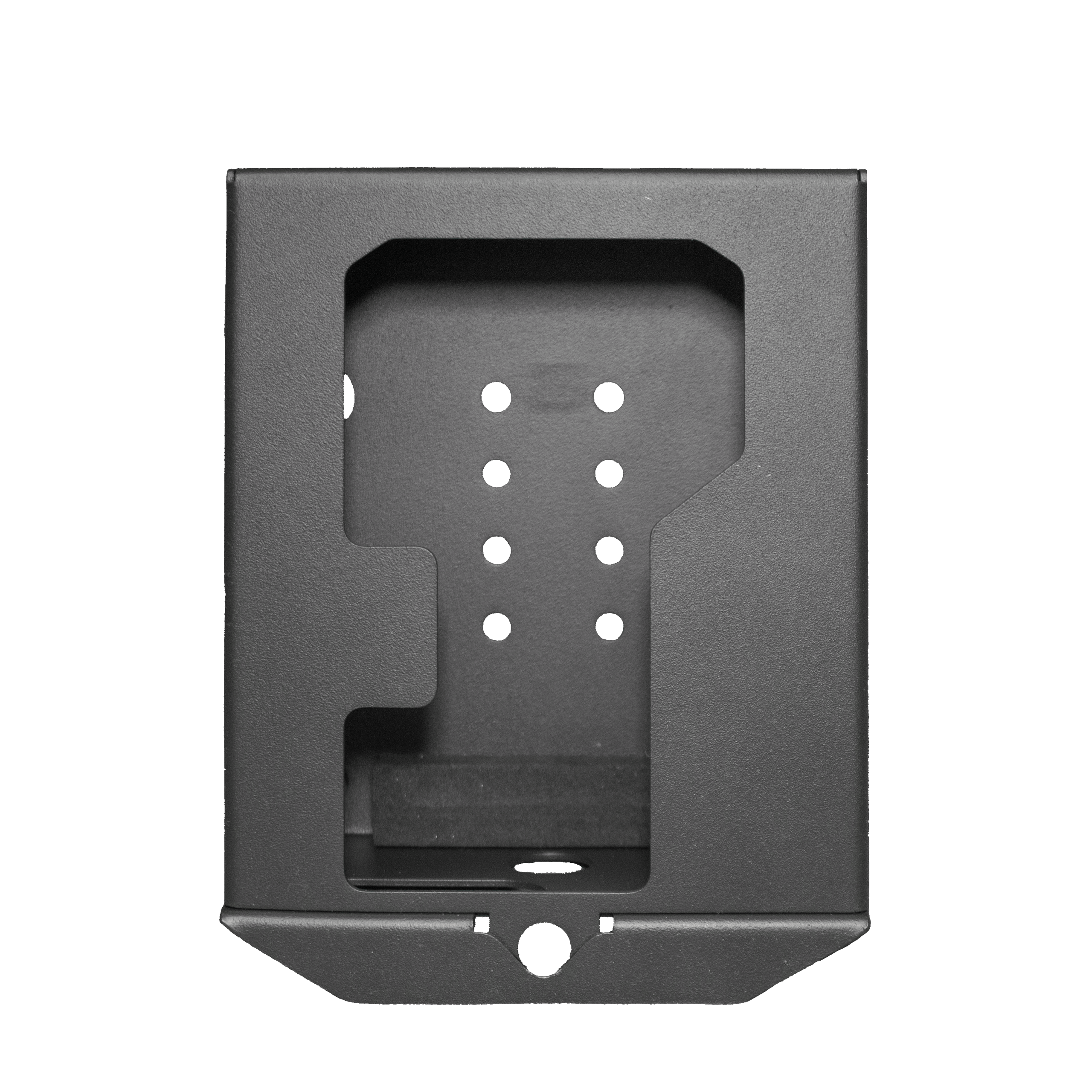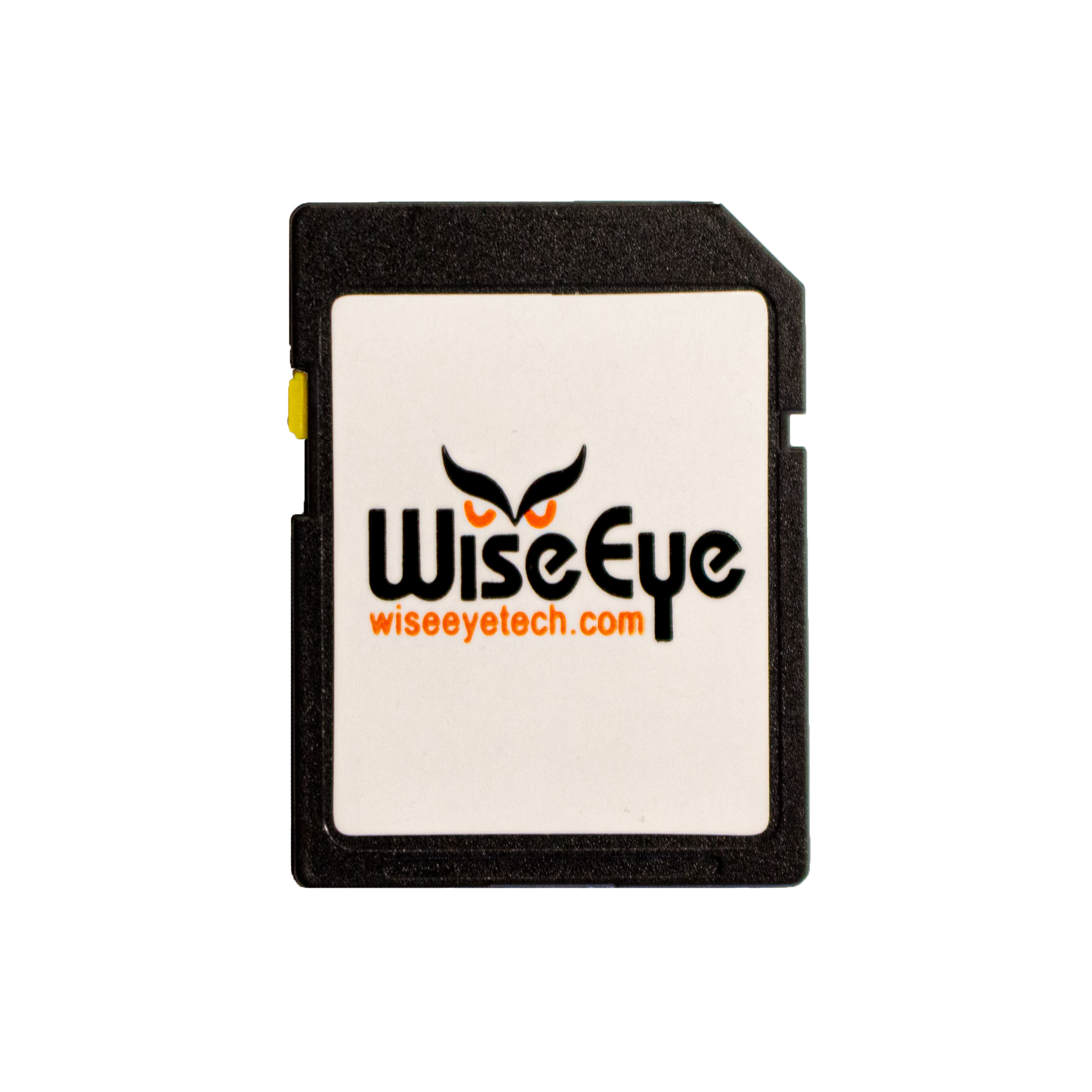Best Dog for You and Your Hunting Style
What is the best dog for you? When it comes to choosing a pheasant hunting dog, sound training goes a long way. While many hunters have preferences for which breed is best, the truth is that many different breeds are equally suited to pheasant hunting. The biggest variable is how the animal fits in with you and your hunting style. Here, choosing the right dog for you will be discussed.
When it comes to pointers, there are many types of dogs to choose from. A few examples include English setters, German shorthaired pointers, Brittany, German wirehaired pointers, and Deutsch Drathaars. Flushing breeds include springer spaniels, Labrador retrievers, golden retrievers, and English cocker spaniels. A well-trained dog is invaluable in the field. It will give you better hunting opportunities, and ensure that you lose fewer crippled birds. The bond you create with your dog also improves your overall hunting experience.
How do you find which breed of dog is best for you? To begin, you must ask yourself several
questions. For instance, is your priority to maximize your recovery rate of the birds you shoot, or to find the birds? If you are keen on optimizing your opportunities, a flushing breed is best for you, or a close-working pointing breed.
A second consideration is how you feel about your dog pushing birds out of range. If this thought bothers you, again a flushing or close-working pointer breed is best. Bear in mind that many pointing dogs are not suited to staying within gun-range, so the “close-working” criteria is important. A wide-ranging pointing dog, i.e. setters, pointers, and German shorthairs, occasionally have the tendency to accidentally bump a bird, which leads to a “cluster flush”, emptying all birds from their cover.
On the other hand, a wide-range running dog does have advantages. For instance, these breeds are able to find birds that you might otherwise miss. A great example is when a dog is out of sight and
GPS indicates the animal is on point. The dog can create more opportunities than the hunter would otherwise enjoy.
Of course, the area in which you hunt largely determines your needs. For instance, when hunting in big country with light cover, birds are likely to be more thinly distributed. In this instance, a wide-ranging dog is useful. However, when cover is tight and birds are more concentrated, a close-working dog is ideal. When cover is extremely heavy, such as cattails and brushy shelterbelts, a flushing dog is best.
Perhaps the most important consideration when choosing the right dog for you is the animal’s ability to retrieve. No matter how well the dog flushes or points, the dog is not useful for pheasant
hunting if it does not retrieve. Labrador and golden retrievers are best in this regard, but more versatile pointing breeds such as German shorthaired pointers and wirehaired pointing Griffons can also excel at retrieving. For many pointers and setters, retrieving is not as genetically hardwired as in other hunting breeds. However, with proper training, many dogs can be taught to retrieve quite well.
A final consideration is whether your dog will be hunting birds in addition to pheasants. If you will also be hunting waterfowl, the dog that you choose would be drastically different than if you were also planning to hunt quail or grouse. Ultimately, when finding the best dog for you, it is important to consider every variable, and weigh each one in order of importance. At the end of the day there isn’t a “wrong” choice, but there are plenty of dogs that will be better for your specific needs than others.
